What’s that? Joan Crawford had no sense of humour? Well, take a look at It's A Great Feeling. It’s a pretty bizarre (and pretty bad) 1949 musical with Jack Carson and Dennis Morgan playing themselves running round the Warner Brothers lot attempting to make a picture. For reasons too daft to explain, they want to turn waitress Judy Adams (Doris Day) into their leading lady and all three wind up at a swanky gown shop. Doris disappears to try on a red gingham number, when who should pop up in a fur stole knitting what looks suspiciously like a baby bootee? Real-life Joan.
Appalled by their discussions of Doris in and out of the dress, she turns on the men. "I've never denied you anything," she thunders in her trademark breathy panther-prowl of a voice. "Anything money could buy I've given you. But that wasn't enough was it? Alright, things are going to be different. Get out! Get your things out of here before I throw them out in the street and you with them. Get out before I kill you!" And she slaps both men across the face. Hard. "What's that for?" cries bemused Carson. Joan shrugs. "I do that in all my pictures," she beams, and sashays off. "Oh, I just love Miss Crawford on the screen," breathes Doris, looking a little stunned... to say nothing of the audience.
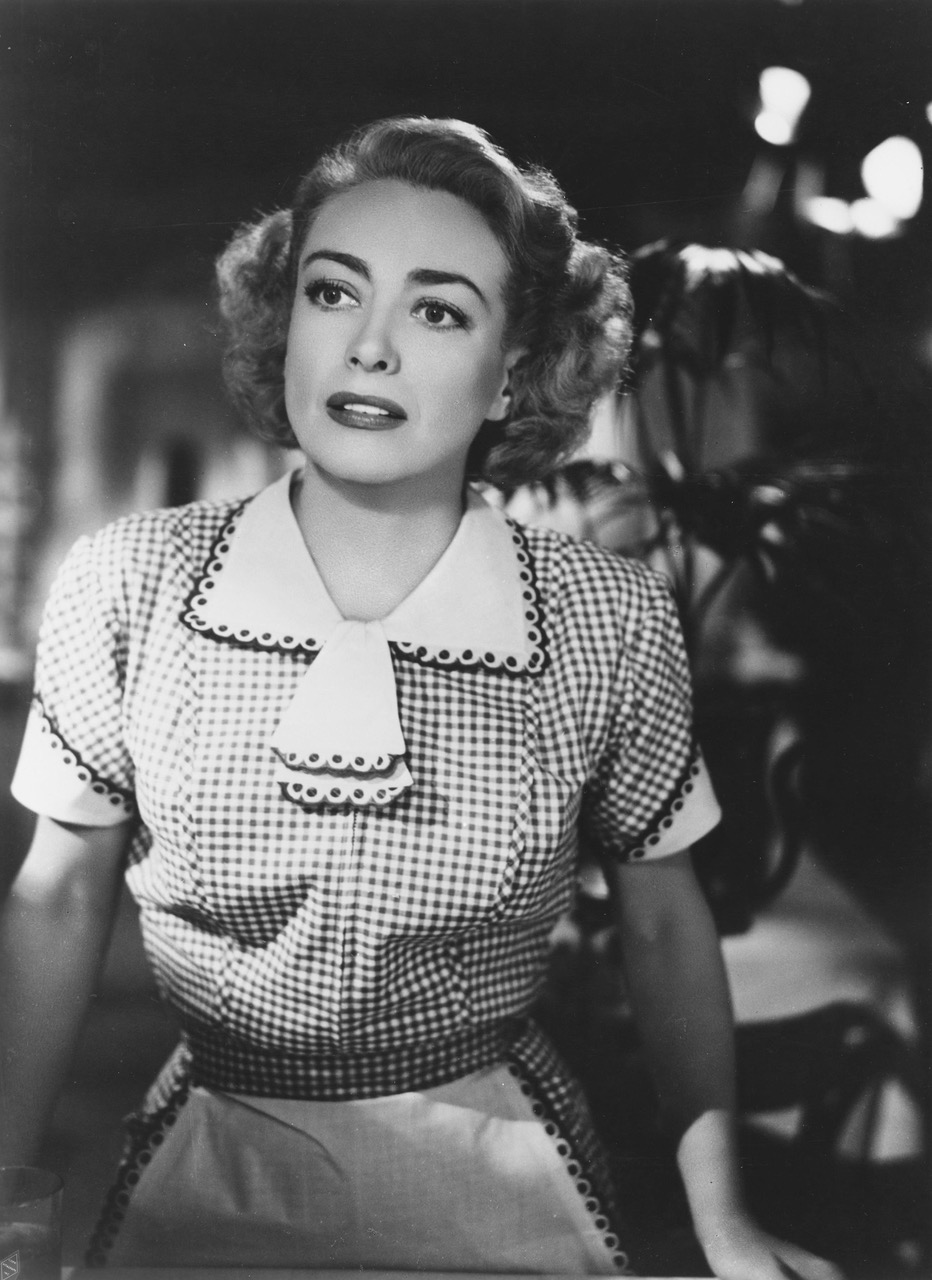
Crawford taking the mickey out of herself? Who'd have believed it? Yet the truly remarkable thing about that sequence is that she's spot on. Ever since signing with Warner Brothers in 1943, she'd been playing aggrieved heroines who, sooner or later, got to deliver lines like that. And in 1945 she won herself an Oscar for saying those exact words to her brazen, mouthy daughter in Mildred Pierce.
For once, the Academy voters got it right. Crawford had been more alluring – and later was to grow more alarming – but she never gave a more restrained, sustained performance. According to Crawford, Bette Davis had turned down the role of hard-working, upwardly mobile Mildred. Equally tough-talking Barbara Stanwyck was then due to play her but Crawford, who had been lumped together with other "has-beens" in an infamous full-page ad in The Hollywood Reporter as "box-office poison" – persuaded director Michael Curtiz to cast her.
The result is a magnificent cross between a noir thriller and an honest-to-God melodrama. It should have been just another B-picture, but although Ranald MacDougall's screenplay softens some of the tougher elements of James M. Cain's original novella, the film is a masterpiece. Furthermore, once you know about Crawford's off-screen life, watching this black and white rags-to-riches tale of a working mother, clawing herself out of poverty and sacrificing everything for the love of her daughter, is an almost mind-bending experience.
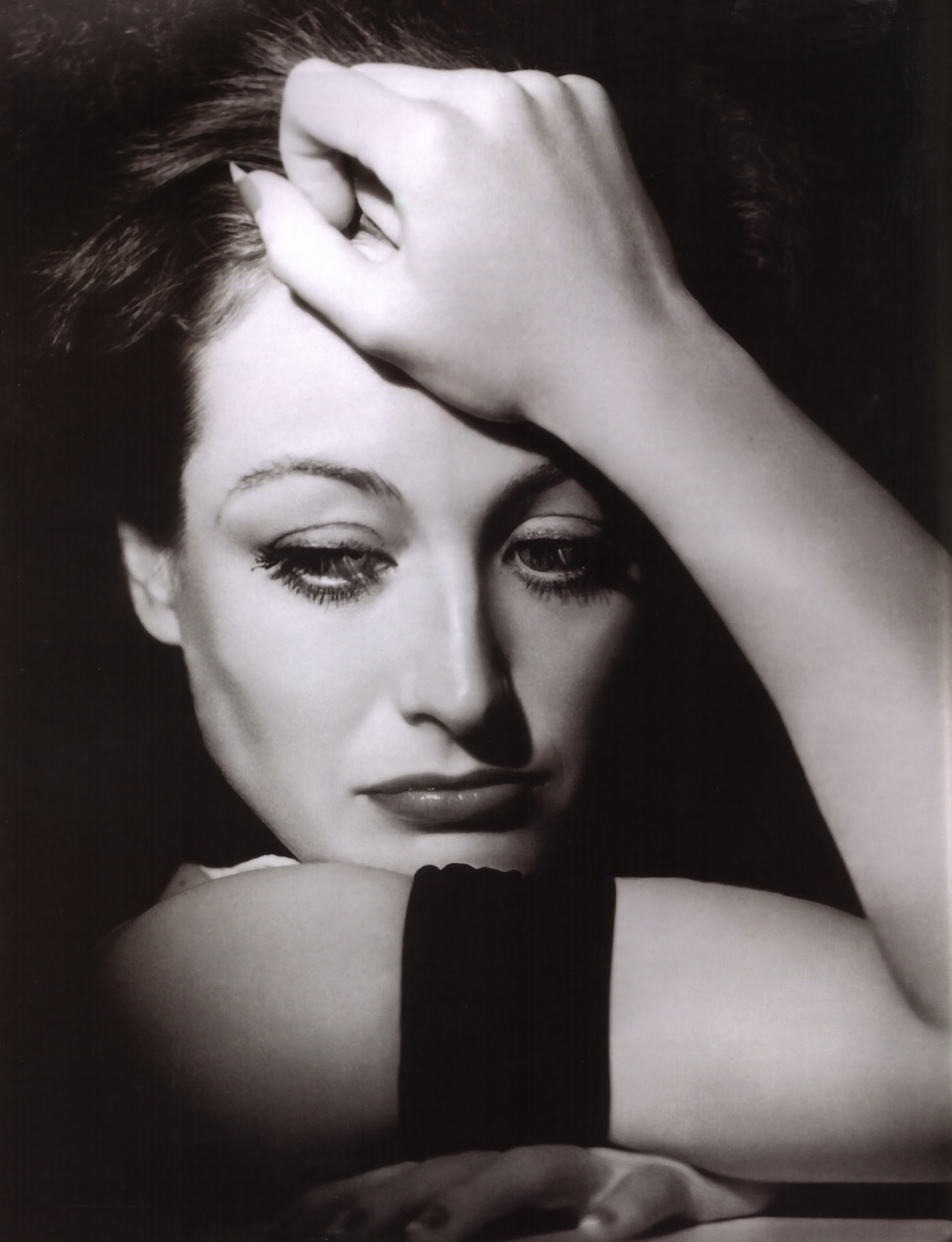
In fact, almost every frame of Crawford's 45-year celluloid career takes on a ghastly, ghostly subtext in this PC era – and I don't mean Politically Correct. I'm talking Post-Christina. In 1978, Crawford's daughter Christina, the eldest of four adopted children, wrote the now notorious biography Mommie Dearest. The book rewrote Hollywood history. Traditionally, memoirs by stars' relatives were little more than hagiography. Christina revealed her mother as a hag. A scandalised, gripped public learnt that Joan Crawford not only adopted children to build her all-important image, she severely abused two of them, and 40 years ago no-one talked about child abuse.
Crawford's more recent biographer Fred Lawrence Guiles neither denies nor excuses Crawford's behaviour, but he does undermine some of Christina's "facts" and chronology in an undisguised attempt to restore some of Crawford's former lustre by trying to explain her motives through her own difficult upbringing with a loveless mother.
Her father disappeared before she was born and her stepfather Billy Cassin – whose name she borrowed for a few years before reverting to Lucille LeSueur – was involved in a fraud which meant hightailing it out of San Antonio, Texas in 1913 when tomboy "Billie" was eight years old. From then on, whoever is telling the story agrees that Lucille used guts, determination and sex to drive herself onwards and upwards from shopgirl to showgirl to starlet at MGM in 1925. (Later, she used her friendship with FBI boss J Edgar Hoover to "lose" her arrest record.)
Her outstanding turn as a wild flapper in Our Dancing Daughters in 1928, one of the last silent jazz-age movies, doubled her salary and made her a marquee name. More than any other star, she seriously courted and created her own publicity to a hitherto unprecedented degree, working the Hollywood circuit for all she was worth. Hell, a year later she was royalty: she'd married Douglas Fairbanks Jnr.
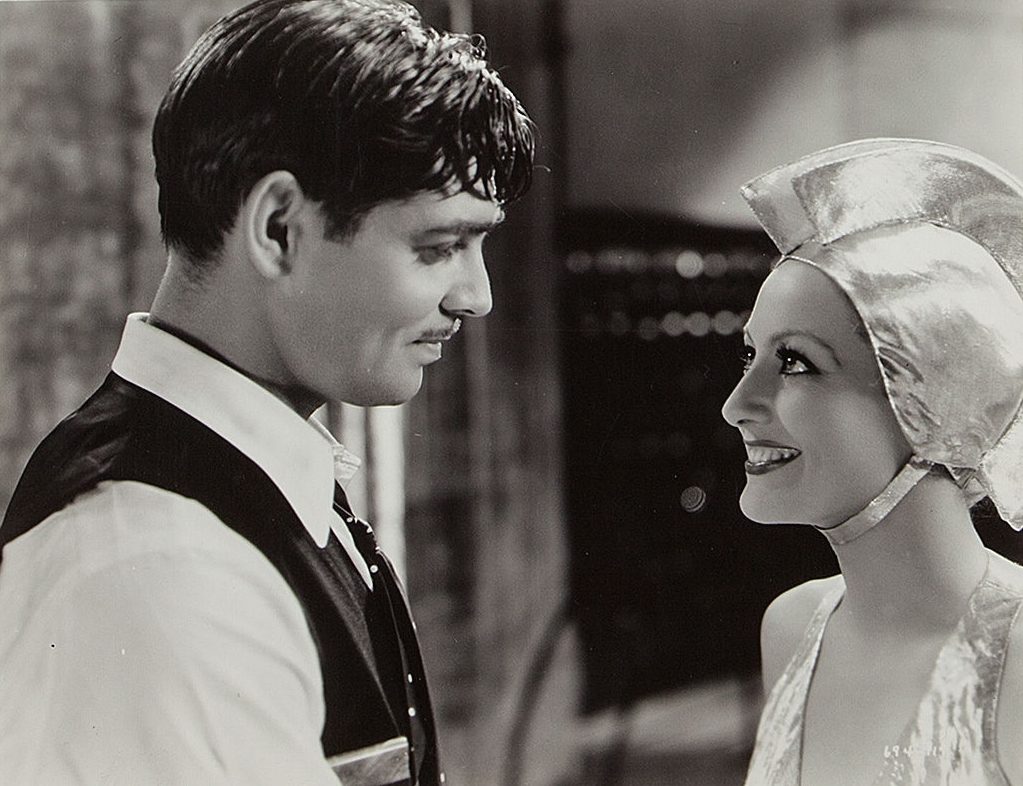 The ambition that burned off her was finally set alight in Grand Hotel. She was billed behind Garbo and John Barrymore but Crawford stole the picture. As the stenographer on the make, she makes everyone else look like throwbacks to the silent era. While the rest of the picture now looks stately and dated, as amoral Flaemmchen she comes through as thoroughly and thrillingly modern.
The ambition that burned off her was finally set alight in Grand Hotel. She was billed behind Garbo and John Barrymore but Crawford stole the picture. As the stenographer on the make, she makes everyone else look like throwbacks to the silent era. While the rest of the picture now looks stately and dated, as amoral Flaemmchen she comes through as thoroughly and thrillingly modern.
Forever slim with serious shoulders, she was Art Deco in a dress. She was also a cinematographer's dream and she was built for black-and-white – she was never quite as convincing in colour. There were no weak angles with Crawford, whose long face had smooth planes, a perfect nose and wide, wide eyes made for suffering.
Seven year later, she starred – I use the word advisedly – in George Cukor's unmissable 1939 bitch-fest The Women based on the all-female play by Clare Booth Luce. Crawford is deliciously tawdry as gold-digging shopgirl Crystal Allen, the husband-stealer who has got her “Jungle Red” claws into Norma Shearer’s unseen husband, Stephen Haines.
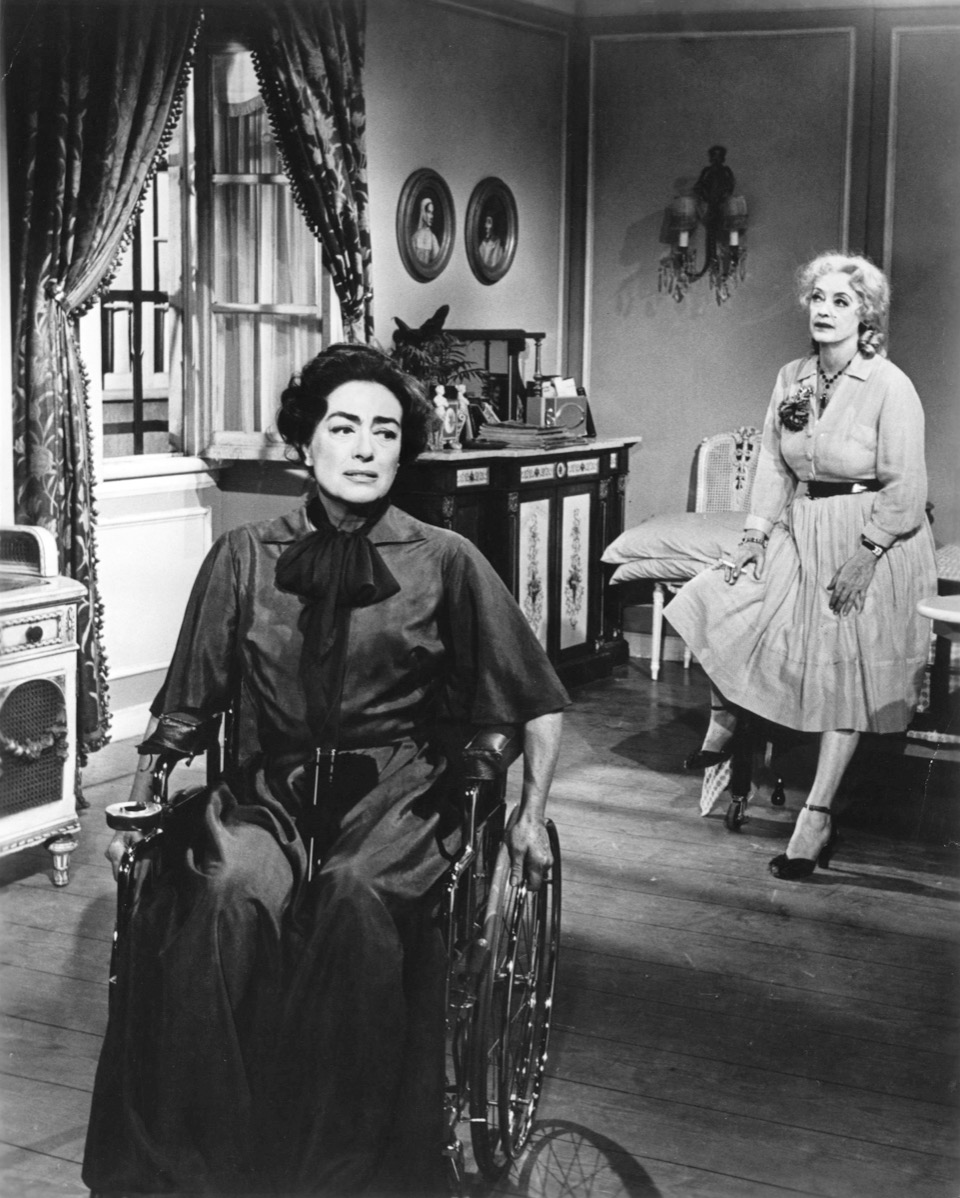
Yet three years later, by the time she quit MGM, everyone knew from her identikit performances that she wasn't an actress: she was a star. Cukor later observed, "The star system is the cult of personality. It may be personality rather than talent that catches the eye in the first place. Then if it doesn't develop, it grows threadbare."
Mildred Pierce was an astounding comeback, a cast-iron case of playing a long suit. She'd done a dummy run three years earlier in They All Kissed the Bride, a character that one starstruck biographer refers to as "a hard-nosed, shrewish, business-like career woman with a maximum of will-to-power and a minimum of sense of humour." But Crawford's Mildred was in a different league. It's the performance that makes sense of the idolatry but, ironically, it was also her downfall.
After Mildred she went into repeat mode as a woman on the verge of a nervous breakdown. True, there are surprising outbreaks of subtlety in Possessed and Whatever Happened to Baby Jane?
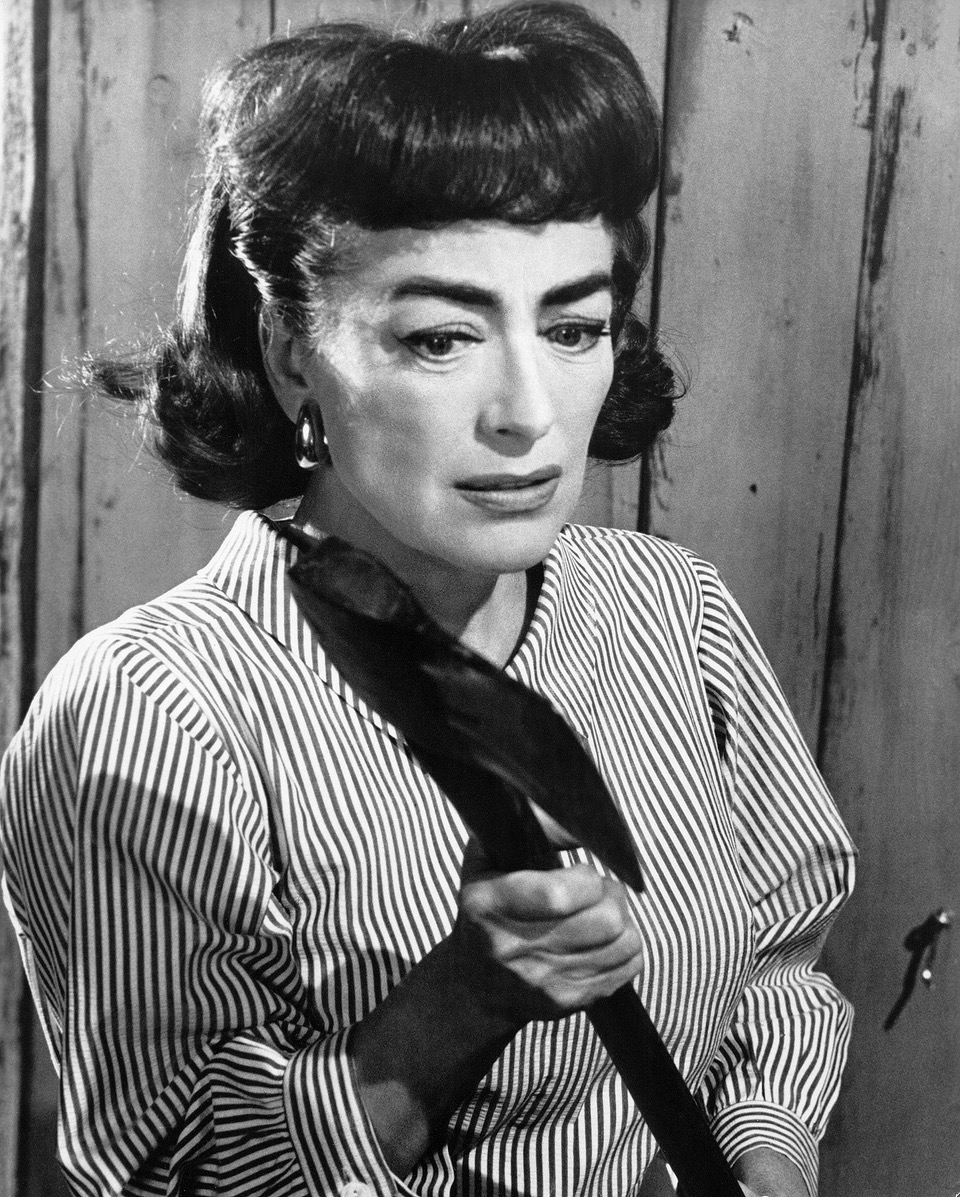
But the end, when it came, was nasty. Her last films, including British shlock-horror pic Berserk! descend into a frightening realm beyond caricature. And the season even offers the rare opportunity to catch her eye-widening performance as a recovering axe-murderess in William Castle’s fright-fest Strait-Jacket. One can only pray that the BFI will follow the example of the producers who galvanised the moviegoers for the original run by supplying cardboard axes to wave. Either way, the movie is worth the prices of admission for the scene in which Crawford strikes a match.
Her other moment of glory was in 1954 as gun-slinging Vienna in the one-of-a-kind oestrogen Western Johnny Guitar. Martin Scorsese describes it as “One of the cinema’s great operatic works, meaning that it is pitched from beginning to end in a tone that is convulsive and passionate.: there really is no other film quite like it.” Its director Nicholas Ray opined, "As a human being, Miss Crawford is a very great actress." The truth will out.
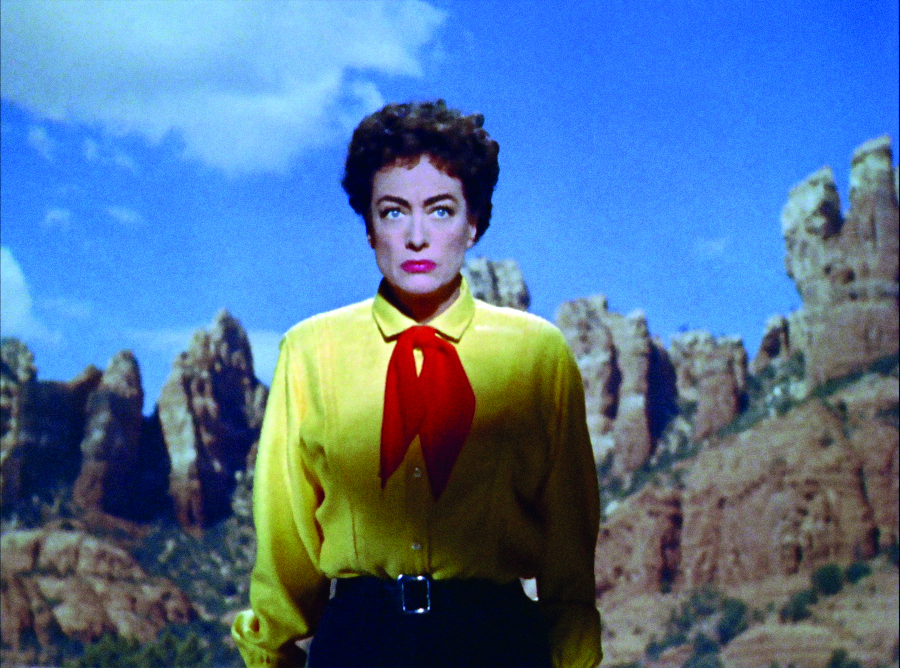 Which partly explains her camp status. As Anita Brookner once wrote, “once a thing is known it can never be unknown”, and about Joan we now know way too much. Not only do her gestures and intensity threaten to teeter out of proportion on screen, but we also know her ruthlessly self-policed self-image (she'd personally answered 900,000 fan letters by 1938 alone) is phoney.
Which partly explains her camp status. As Anita Brookner once wrote, “once a thing is known it can never be unknown”, and about Joan we now know way too much. Not only do her gestures and intensity threaten to teeter out of proportion on screen, but we also know her ruthlessly self-policed self-image (she'd personally answered 900,000 fan letters by 1938 alone) is phoney.
If proof were needed, try the unintentionally hilarious My Way of Life (1970). Joan's jaw-dropping autobiography-cum-corporate wives' career handbook is a masterpiece of failed whitewash written in frankly delusional prose. "I think I was a good mother... they understood they were especially chosen, and I think they were rather pleased... When they were old enough to stand on a stool at the sink, they washed out their shoelaces and polished their little white shoes before putting them away. They hung up their clothes if they were clean – which wasn't very often. But I didn't stand over them with a whip.” Nor need you trawl secondhand bookshops for a copy: Joan recorded herself reading it for LP release and it’s here for everyone to savour.
Christina put paid to that version of events with her book and then the so-bad-it's-good movie. It was intended as the last word on the matter. But was it? Faye Dunaway notoriously seized the opportunity to play Crawford as a no-holds-barred monster, but the effort blew her taste thermostat. Her performance is seared on to the retinas of everyone who has seen it but by sailing so far over the top, Dunaway never came down again. It was the ruination of her career...and, just maybe, Crawford's ultimate revenge.

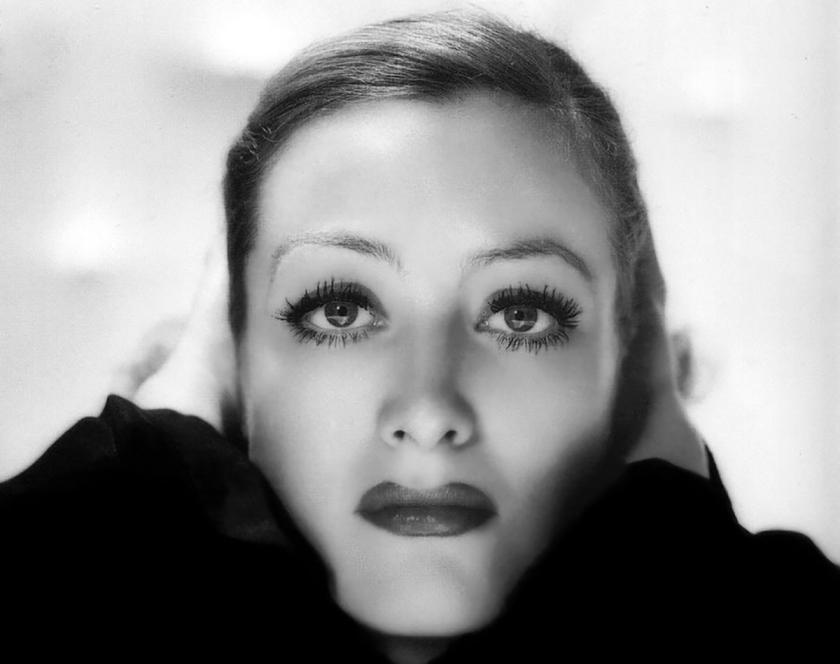










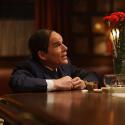

Add comment